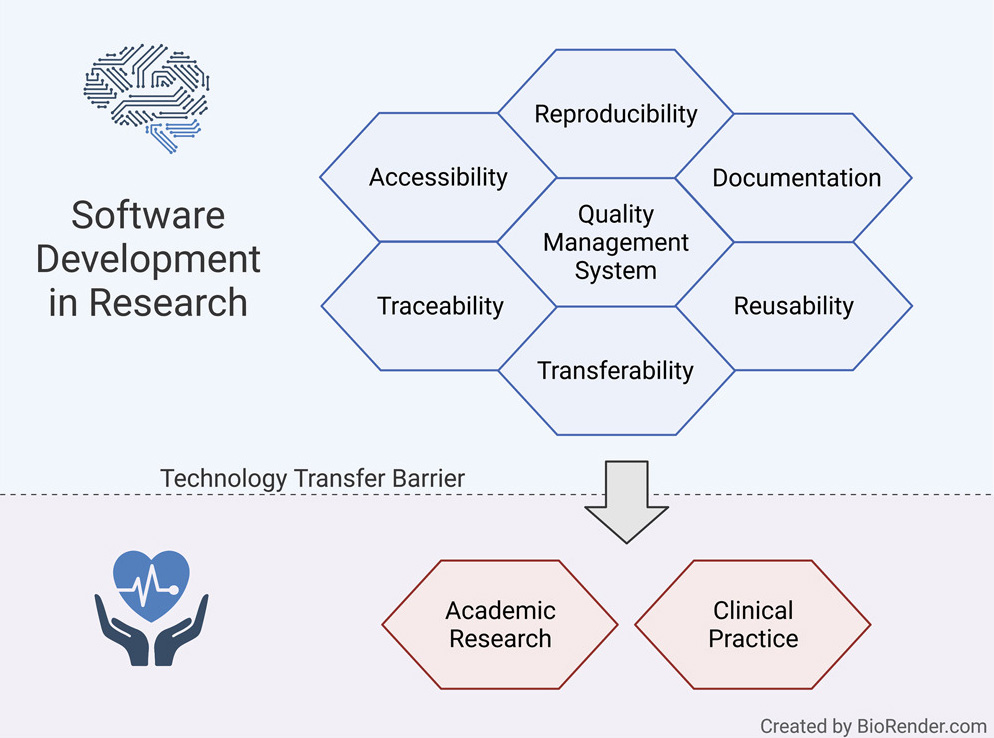Journal:Fostering reproducibility, reusability, and technology transfer in health informatics
| Full article title | Fostering reproducibility, reusability, and technology transfer in health informatics |
|---|---|
| Journal | iScience |
| Author(s) | Hauschild, Anne-Christin; Eick, Lisa; Wienbeck, Joachim; Heider, Dominik |
| Author affiliation(s) | Philipps University of Marburg |
| Primary contact | Email: dominik dot heider at uni-marburg dot de |
| Year published | 2021 |
| Volume and issue | 24(7) |
| Article # | 102803 |
| DOI | 10.1016/j.isci.2021.102803 |
| ISSN | 2589-0042 |
| Distribution license | Creative Commons Attribution 4.0 International |
| Website | https://www.sciencedirect.com/science/article/pii/S2589004221007719 |
| Download | https://www.sciencedirect.com/science/article/pii/S2589004221007719/pdfft (PDF) |
|
|
This article should be considered a work in progress and incomplete. Consider this article incomplete until this notice is removed. |
Abstract
Computational methods can transform healthcare. In particular, health informatics combined with artificial intelligence (AI) has shown tremendous potential when applied in various fields of medical research and has opened a new era for precision medicine. The development of reusable biomedical software for research or clinical practice is time-consuming and requires rigorous compliance with quality requirements as defined by international standards.
However, research projects rarely implement such measures, hindering smooth technology transfer to the research community or manufacturers, as well as reproducibility and reusability.
Here, we present a guideline for quality management systems (QMS) for academic organizations incorporating the essential components, while confining the requirements to an easily manageable effort. It provides a starting point to effortlessly implement a QMS tailored to specific needs and greatly facilitates technology transfer in a controlled manner, thereby supporting reproducibility and reusability.
Ultimately, the emerging standardized workflows can pave the way for an accelerated deployment in clinical practice.
Keywords: health informatics, bioinformatics, software engineering, software robustness
|
Introduction
References
Notes
This presentation is faithful to the original, with only a few minor changes to presentation, though grammar and word usage was substantially updated for improved readability. In some cases important information was missing from the references, and that information was added. The original article lists references alphabetically, but this version—by design—lists them in order of appearance.










